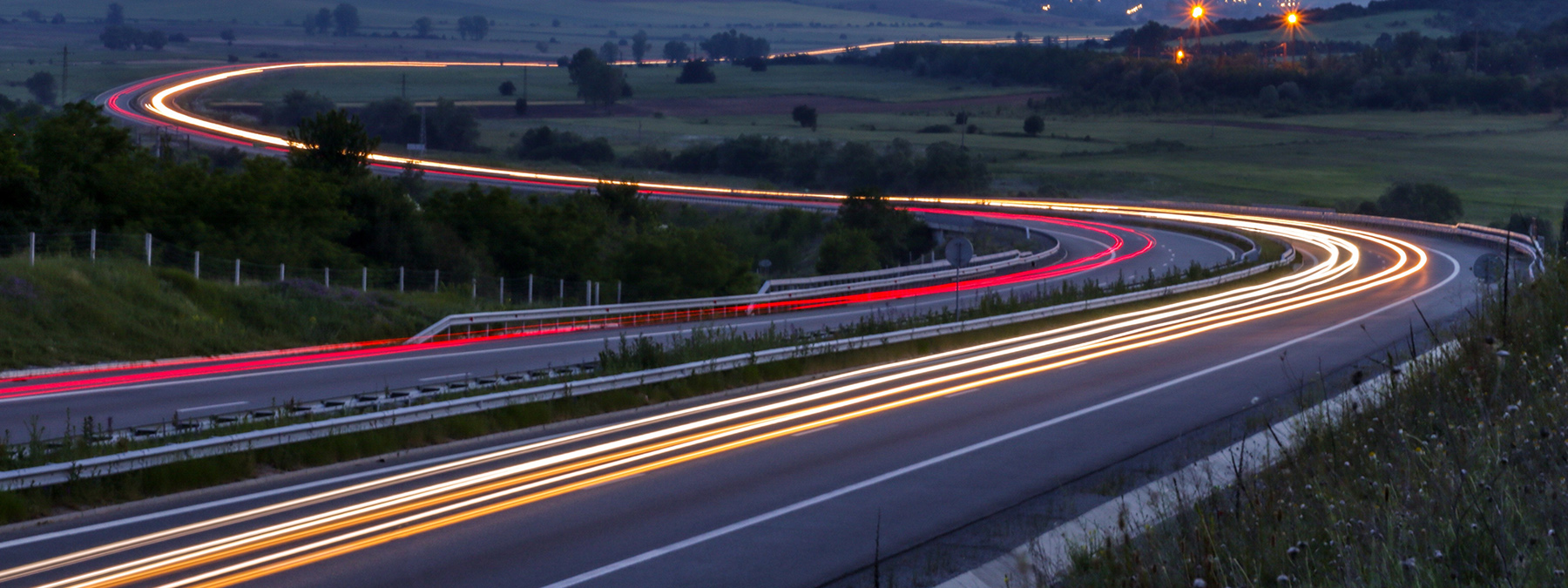Driving in the dark is undeniably more dangerous than daylight driving, but for most people it’s an unavoidable reality. If you’re someone who has to drive on the roads often at night, there are some tips you can use to keep yourself, and other motorists, safe at night.
- Use your lights carefully
By the NZTA’s rules, you must turn on your vehicle headlights from 30 minutes after sunset on one day, until 30 minutes before sunrise on the next day, OR at any other time when you can’t clearly see a person or vehicle 100 meters away. It’s also important to dip your headlights appropriately. Whether you’ve got another vehicle coming towards you, or whether you’re following another vehicle, you should dip your headlights to avoid blinding the other driver. If you’re in an area with plenty of streetlights, you should be able to keep your headlights dipped the entire time. - Safe speed
Driving at a safe speed at night means that on a road with lanes, you should be able to stop in the length of clear road you can see in front of you, and on a road with no lanes, you should be able to stop in half the length of the clear road you can see in front of you. - Don’t drive tired
Even if there is less traffic on the road at night, reduced visibility can make it even more tiring to drive at night. Driving tired makes you a dangerous driver, so if you feel drowsy, it’s best to pull over and take a short break with snacks to help you stay alert. - Prepare yourself for glare
To avoid being dazzled on the road, never look directly at the headlights of other cars. Looking into an oncoming vehicle’s headlights can temporarily blind you, making it easy to lose your bearing. It’s best to look towards the left-hand side of the road to regain your vision. If glare is particularly bad, it’s best to pull over until your vision is clear. It’s also important to keep your windscreens clear to avoid impaired visibility. - Avoid dark glasses
Anything that makes it harder to see vehicles and other objects on the road should be avoided at night. - Dim your dashboard and control lights
Most cars allow you to adjust the brightness of your dashboard and control lights – at night it is best to dim these to avoid getting distracted.
Night driving can be risky but when you have to, it’s best to simply be prepared for all conditions and hazards.
